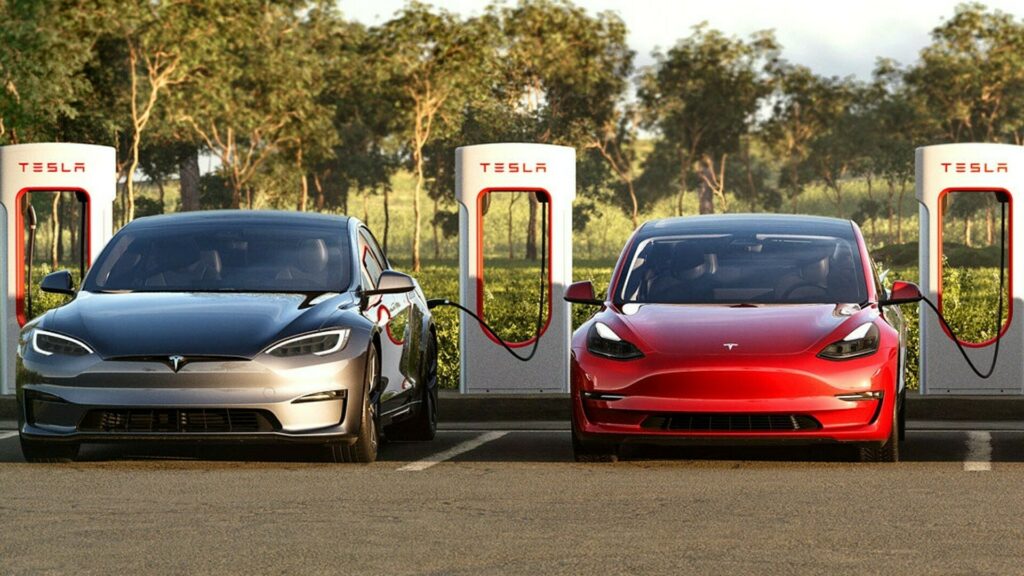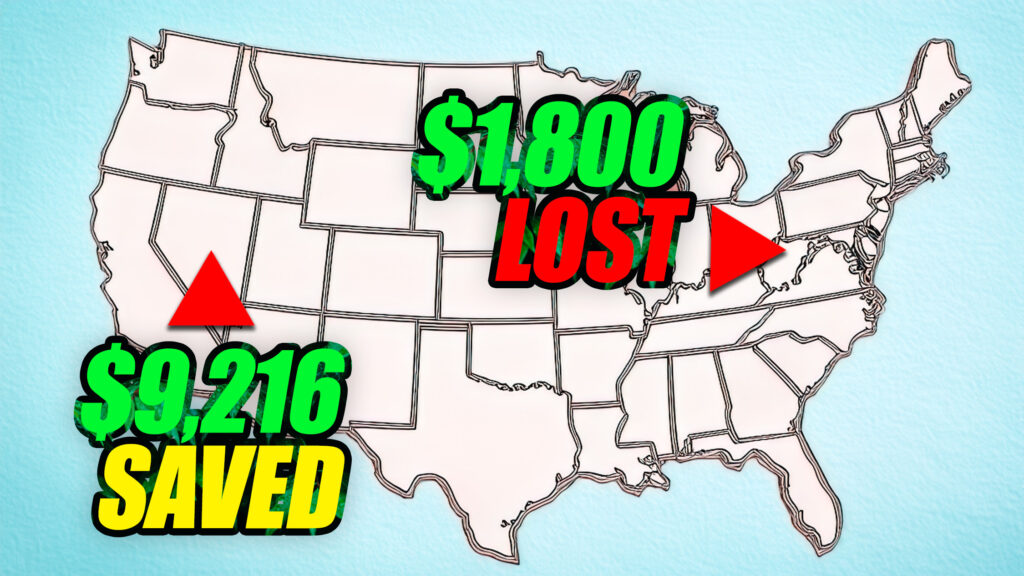- EVs cost less over a five-year ownership period in all but two US states, despite higher initial purchase price, a JD Power study says.
- Only in Maine and West Virginia is it more cost effective to run a combustion-powered car.
- EV drivers in some states will save more than $9,000 over five years by picking EV over ICE.
The higher purchase price of an EV is sometimes cited as a reason why more people don’t switch to electric power. But a new study found that an EV’s lower running costs easily offset that initial hit in 48 out of 50 US states in the long term. And in some cases drivers could save themselves more than $10k.
The data comes from a JD Power investigation that looked at the total cost of EV ownership over a five-year timeframe and compared it with the costs of a traditional combustion-powered car. In only two out of 50 states does it make more financial sense to go for an ICE vehicle. Buying and running an EV in West Virginia could cost you $1,800 over five years, JD Power says, while Maine EV drivers would be $1,619 out of pocket.
Related: Study Says Charging An EV Costs More Than Filling Up An ICE Car Per 100 Miles Driven
But in every other state from Alaska right down to Florida, choosing an EV is the smarter option, potentially saving you more than $10,000. The final figure depends on where you live, and most EV drivers aren’t in for the $10,345 winfall New Jersey EV drivers can look forward to, a bonus partially due to a sales tax exemption, Auto News reports.
But there are still big areas of the country offering big rewards. Nevada EV buyers can save $9,216 over five years, those in Illinois can save $8,751, and there’s $8,493 on the table in Colorado thanks to the state offering drivers up to $5k to buy an EV, a deal that comes in addition to any available federal tax credits. Selecting electric over ICE in New York, Massachusetts, Utah, Arizona and New Mexico could also make you more than $6,000 better off.

Going electric in most of the remaining states is worth at least $1,200 and stretches close to $5,000, which is not small change and could still help take care of several months of car payments. The one exception is Vermont, where the five-year saving is just $29.
JD Power says the $3,161 average saving highlights the fact that car buyers need to change how they gauge new car costs in the modern market, because the traditional head-math places too much emphasis on the up-front price, and not enough on the bigger picture.
But the data backing EV ownership only applies to buying a car outright and running it for five years. The average When JD Power’s team looked at three year lease costs they found that going for an EV would costs drivers $1,813 over the life of the lease.




